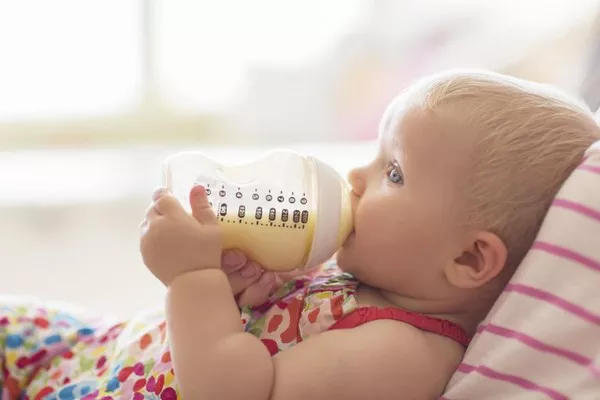Choosing the right bottle size for your baby is an important decision that can impact their feeding experience and comfort. This article provides a comprehensive guide to help parents navigate the process of selecting the appropriate bottle size. By understanding the factors to consider and the available options, parents can make informed choices that promote successful and enjoyable feeding sessions.
1.Understanding Bottle Sizes and Measurements
Ounce and Milliliter Measurements: Bottles are typically labeled with both ounce (oz) and milliliter (ml) measurements. Ounces are commonly used in the United States, while milliliters are more prevalent in many other countries. Being familiar with both measurements can help in selecting the right bottle size.
Common Bottle Sizes: Bottle sizes can vary, but the most common sizes for infant feeding are 4 oz, 8 oz, and 9 oz. Smaller sizes, such as 2 oz, are available for newborns and premature babies, while larger sizes, such as 11 oz or 12 oz, may be suitable for older infants or those with larger appetites.
2.Factors to Consider in Choosing Bottle Size
Age and Feeding Volume: The age of your baby and their typical feeding volume play a significant role in determining the appropriate bottle size. Newborns generally consume smaller amounts, while older infants may require larger quantities to satisfy their hunger.
Feeding Frequency: Consider how frequently you plan to feed your baby and whether you prefer to prepare smaller or larger quantities of milk or formula at a time. This can influence the choice of bottle size and how often you need to refill it.
3.Baby’s Feeding Comfort and Preferences
Feeding Pace and Flow: Some babies have faster or slower feeding paces, and the bottle size can affect the flow of milk or formula. A bottle that is too large may cause the milk to flow too quickly, leading to gulping or discomfort. Conversely, a smaller bottle may require frequent pauses for refilling.
Growth and Transition: Babies grow rapidly during their first year, and their feeding needs evolve. Consider choosing a bottle size that allows for growth and can accommodate increasing feeding volumes as your baby develops.
4.Experimentation and Flexibility
Trial and Error: Finding the ideal bottle size for your baby may require some experimentation. Start with a size that aligns with their age and feeding volume, and observe their feeding habits and comfort level. You can adjust the bottle size as needed based on your baby’s preferences.
Compatibility with Bottle Accessories: Keep in mind that certain bottle accessories, such as nipples or bottle warmers, may be designed to fit specific bottle sizes. Checking compatibility with these accessories can help ensure a seamless feeding experience.
conclusion
choosing the right bottle size for your baby involves considering their age, feeding volume, comfort, and personal preferences. Common bottle sizes range from 4 oz to 9 oz, with smaller and larger options available for specific needs. Pay attention to your baby’s feeding pace, growth patterns, and evolving needs. Trial and error may be necessary to find the optimal bottle size, and flexibility in adjusting as your baby grows is important. By considering these factors and being attentive to your baby’s cues, you can select a bottle size that promotes comfortable and enjoyable feeding sessions for both you and your little one.


